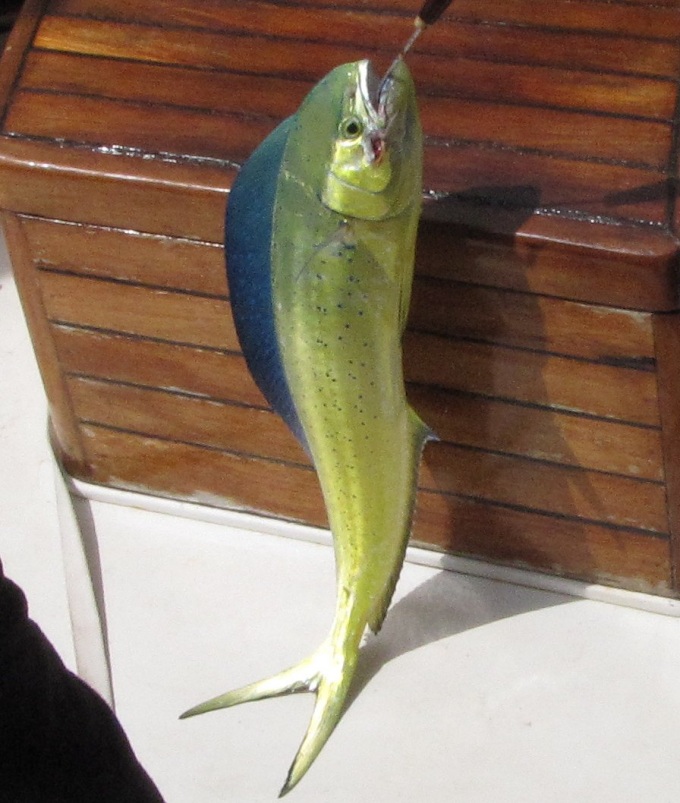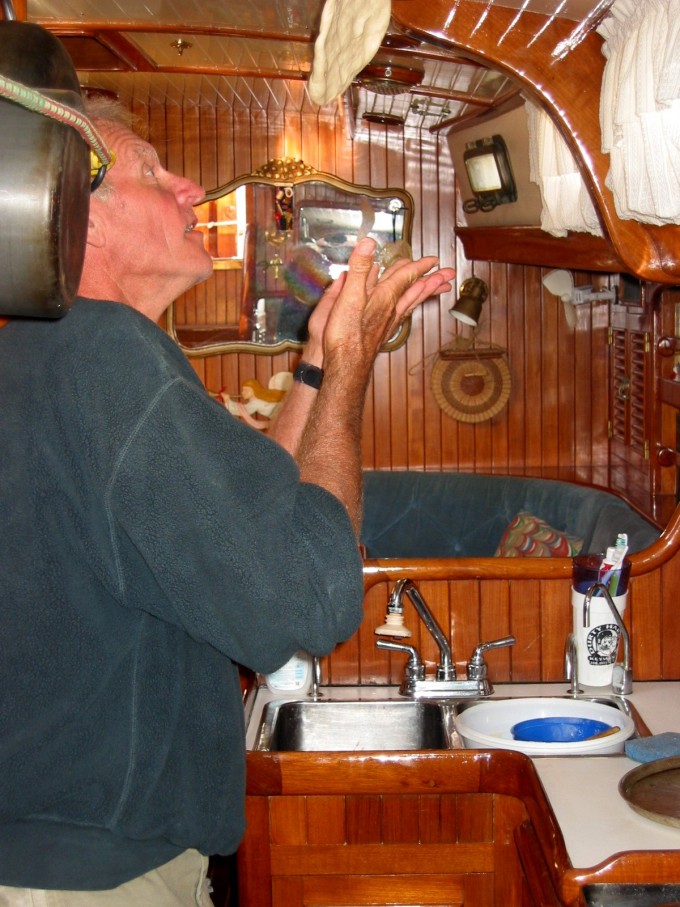FAQ - What about check-in rules & regs?
/ We are asked frequently how we know what to do when we check into each new country. The answer is … we don't know until we do a little research. We've discussed the question of check-in procedures before, but it's worth re-visiting. Even if we've checked into a country in the past, we still check to make sure there haven't been any changes. As I'm researching what to see and do in each country, I also check to see what the check-in procedures are. All countries require proof of citizenship (passports) with at least 6 months left before expiration. All countries require boat documentation and clearance papers from your last port. For sure, you'll complete at least one or two forms when you arrive, sometimes many more … in duplicate, triplicate ... sextuplicate even.
We are asked frequently how we know what to do when we check into each new country. The answer is … we don't know until we do a little research. We've discussed the question of check-in procedures before, but it's worth re-visiting. Even if we've checked into a country in the past, we still check to make sure there haven't been any changes. As I'm researching what to see and do in each country, I also check to see what the check-in procedures are. All countries require proof of citizenship (passports) with at least 6 months left before expiration. All countries require boat documentation and clearance papers from your last port. For sure, you'll complete at least one or two forms when you arrive, sometimes many more … in duplicate, triplicate ... sextuplicate even.

“Advance” is the critical word when it comes to learning about check-in procedures since some countries require advance notice of arrival. Australia, New Zealand and Fiji come to mind as countries which require you to notify them officially of your arrival date with associated stiff penalties if you do not comply. Additionally, not every port in every country is a POE (Port of Entry). It's easy to check what the requirements are on-line, download necessary forms and make the appropriate notifications before you leave your last port. Many countries have yacht check-in procedures clearly stated on-line, but Noonsite is an excellent place to start looking for updated check-in procedures.

Customs and Immigration … sometimes in the same location, usually not … are most often first on the list for check-in although some countries like New Zealand and Australia have biosecurity checks right on the quarantine dock before anyone else is allowed aboard and before you're allowed to debark. Customs checks in your boat; Immigration checks on the crew (you!). Then there's Port Authority or the Port Captain and perhaps the Navy (like in Chile) and/or maybe a Health official. If you have pets, even more specific rules apply. Chile, for instance, also requires an e-mail or radio call to the Chilean Armada upon entering their territorial waters and daily thereafter until you reach your point of entry. Hard to know this if you haven't checked out the requirements in advance. Check it out before you go.

Also, things change. Rules and regulations are “fluid”, so it's important to check just before departing your last port. An example of inadequate prep was our recent arrival in Trinidad. We hadn't checked into Trinidad in more than a decade, but I had a fairly recent cruising guide on board and I thought this would suffice. What I didn't realize was that it was necessary to pull up to a specific dock at the Crews Inn Marina for completing all check-in procedures. My bad! Luckily, I was able to email Gentry from the boat. She looked up the procedures for Trinidad on Noonsite, emailed them to me and we complied accordingly.
You can't be expected to know all the rules/regs for every country, but you are expected to learn about them before you go and then follow the rules. Some countries and officials are lax and forgiving; some are not. Some officials are sticklers for detail. The idea of checking-in to a foreign country always seems a bit daunting in the beginning. It's a dragon, of course, (and usually a drag), but once you handle it a couple of times, it just becomes a part of your cruising life … and another story to share.









